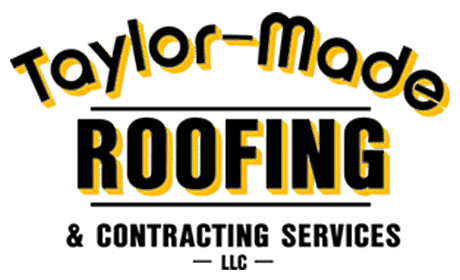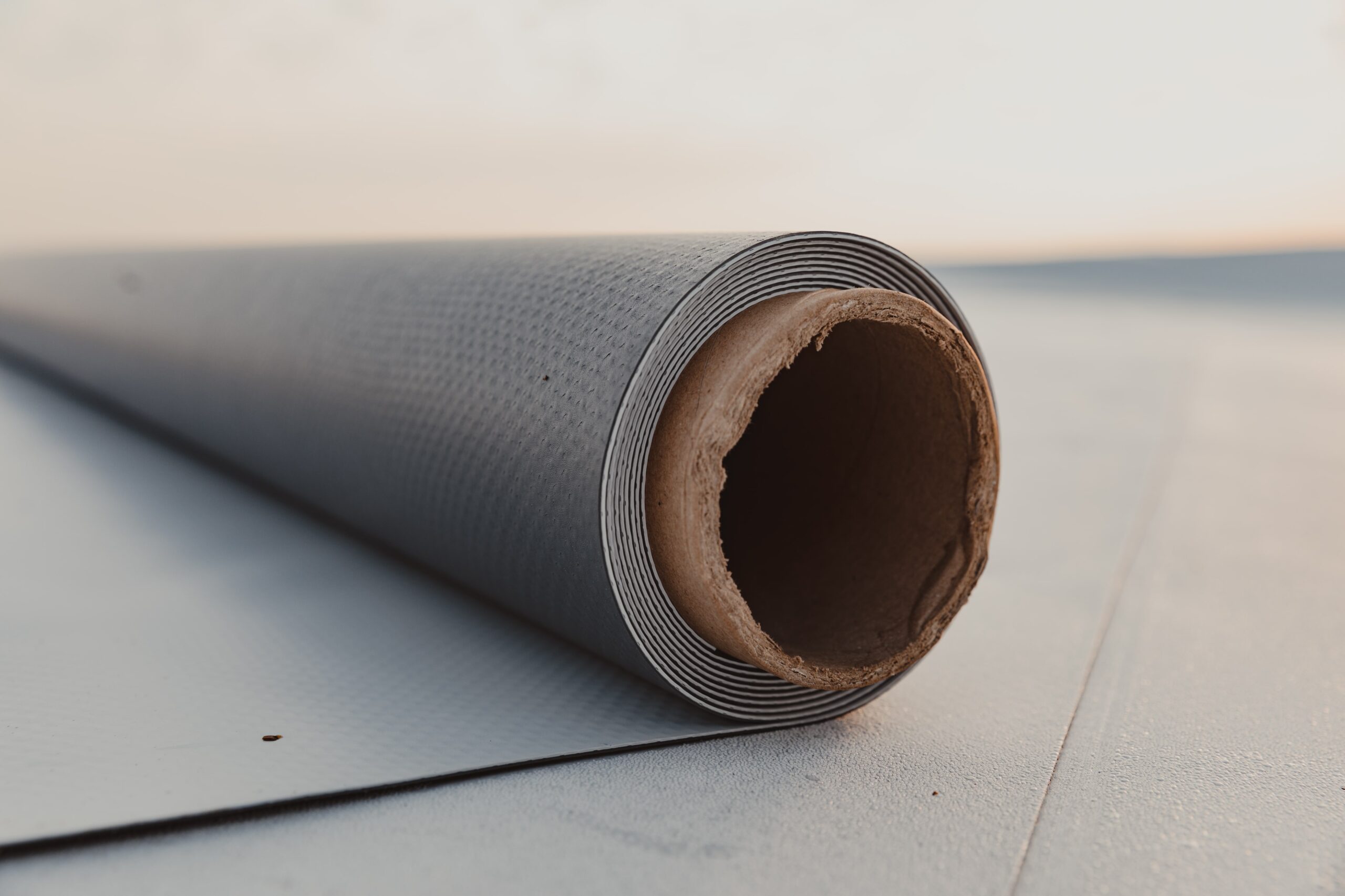Flat roofs are a practical and popular choice for both residential and commercial properties, offering cost-effective construction and efficient use of space. However, their design comes with unique challenges, especially regarding water management. Ensuring a flat roof is watertight is essential to protecting the structure beneath and extending the roof’s lifespan. Wondering how to waterproof a flat roof? Here’s what you need to know.
How (& Why) to Waterproof a Flat Roof
Before discussing how to waterproof a flat roof, it’s essential to understand why waterproofing is so important. Any roof, whether residential or commercial, pitched or flat, needs to be able to keep water out. After all, protecting a home or building against the elements is one of the most important jobs a roof does. However, the waterproofing process is especially critical for buildings with flat roofs. Flat roofs are popular in commercial construction because of their affordability, durability, ease of maintenance, and space-saving functionality. However, they have a downside: water does not flow off the sides of flat roofs as easily as it does from pitched roofs, making flat roofing systems much more vulnerable to pooling, ponding, and water damage. Still, a properly installed and maintained flat roof can last for decades with the proper drainage system. Understanding how to waterproof a flat roof is a critical element of proper flat roof maintenance.
Flat Roof Waterproofing Options
Options for waterproofing a flat roof generally fall into three categories: liquid waterproofing, reinforced bitumen membranes, and single-ply membranes.
Liquid Waterproofing
Liquid waterproofing involves applying a liquid waterproofing coating to your existing roof. The liquid membranes bond directly to the roof substrate, creating a layer of seamless, durable, flexible, and waterproof protection.
Liquid-applied membranes have no seams, joints, or overlaps, which prevents water from infiltrating. Since they bond directly with the roof’s substrate, these membranes protect against lateral water migration. Another significant advantage of liquid-applied membranes is that they can be applied directly to your existing roof’s surface, allowing you to reinforce, protect, repair, or refurbish your existing roof instead of going through the costly and time-intensive process of removing and replacing it.
Along with waterproofing your roof, liquid membranes also provide tear and puncture resistance, UV stability, and elasticity. They provide exceptional adhesion to most common flat roof substrates, including concrete, bituminous membranes, PVC, TPO, and EPDM.
Reinforced Bitumen Membranes
Reinforced bitumen membrane, or RBM, is one of the most common waterproofing methods for flat roofs. While it’s more expensive than most single-ply membranes, RBM offers superior permanent waterproofing. RBM comprises bitumen with additives and a carrier (like fiberglass or polyester), producing a roll of waterproof material that is applied using hot or cold adhesion and torching. Along with its impressive waterproofing capabilities, RBM is puncture-resistant, UV-resistant, and able to withstand heavy foot traffic.
Single-Ply Membranes
Single-ply membranes are one of the most common waterproofing options for large commercial or residential properties. They offer a durable, cost-effective, and maintenance-free option for flat roofs.
TPO
Thermoplastic polyolefin, or TPO, is a reflective, energy-efficient single-ply membrane for commercial or residential roofing. TPO is UV-resistant, environmentally friendly, and often more cost-effective than other single-ply systems. TPO is typically heat-welded at the seams to create a watertight seal.
EPDM
Ethylene propylene diene monomer (EPDM) membranes are a popular choice for waterproofing flat and low-slope roofs. EPDM is a highly durable synthetic rubber roofing membrane known for its fatigue resistance, thermal shock durability, and minimal carbon footprint. EPDM roofs can be adhered, mechanically fastened, or ballasted.
PVC
Engineered for flexibility, durability, and fire resistance, polyvinyl chloride (PVC) is a single-ply membrane material that has been used for decades for its waterproofing ability. PVC’s advantages include its low cost, versatility, and resistance to light, water, corrosion, and chemicals, making it especially suitable for industrial buildings. PVC roofing has overlapping seams that are welded together to prevent water leakage. Compared to other systems that bond their seams using glue, double-sided tape, or asphalt, a PVC roof’s heat-welded seams do not break down.
_____
If you have more questions about how to waterproof a flat roof and you live in southwest Missouri, contact Taylor-Made Roofing. Our experts can help you explore new roofing options, maintain an older roof, perform emergency repairs, complete tear-offs and recovers, and perform remodeling services. With over 20 years of experience in residential and commercial roofing, Taylor-Made Roofing is a company you can trust with all your roofing needs. Our family-owned business offers quality services, a reassuring warranty, and free estimates. For more information regarding roofing options, please call us at 417-326-8778 or contact us online. We look forward to hearing from you!

